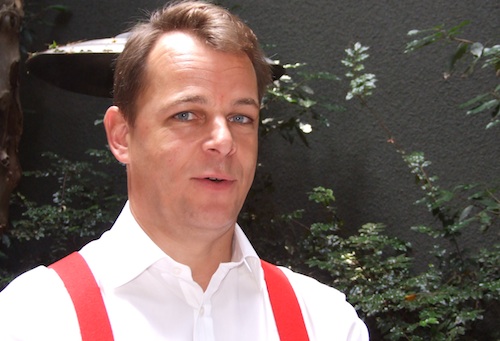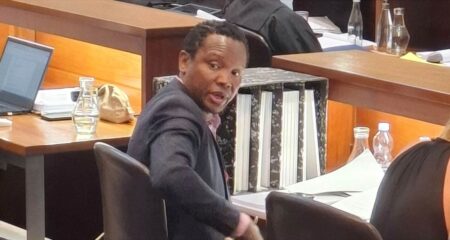Cell C has restructured its long-term debt, reducing it to R6,6bn, from R13bn previously, in a deal that should make it easier for the company to raise financing to fund its construction of a next-generation 3G network.
The company’s shareholders agreed last December to convert their loans to the company to equity, says CEO Lars Reichelt.
The mobile network operator, SA’s smallest by subscriber numbers, also plans to spend as much as R5bn this year investing in new network infrastructure as it takes the fight to bigger rivals MTN and Vodacom and begins to position itself as a serious player in the market for wireless broadband.
It has signed a deal with Nokia Siemens Networks to supply it with infrastructure for its new network. The Nokia Siemens deal comes on top of a multibillion-rand network supply agreement Cell C signed last year with China’s ZTE.
Cell C is building the country’s first 3G network (it insists on calling it a 4G network) in the 900MHz band and will offer evolved high-speed packet access (HSPA+) technology capable of delivering theoretical speeds of up to 21Mbit/s. It hasn’t yet set a date for the launch of the new network.
The reduction in Cell C’s debt has resulted in its ratio of earnings (before interest, tax, depreciation and amortisation) to debt being reduced from a relatively high 9,5x to a more manageable 4,8x, says Reichelt.
“R6,4bn in shareholder loans were converted into equity on 31 December 2009,” Reichelt says.
“It’s a sign of the faith the shareholders have in this company and the faith they have in this market … and it gives us better options for expanding the network,” he says.
Middle Eastern operator Oger Telecom controls Cell C with an effective 75% of the operator’s equity. SA shareholder CellSAf holds the remaining shares.
The decision by the shareholders to convert their loans into equity should help Cell C raise further debt to fund its 3G expansion.
Reichelt says the company is already in discussions with banks and other parties to raise the additional funding it needs. Cell C’s shareholders will also provide some of the necessary funding, he adds.
In addition to the 3G radio network being supplied by ZTE and Nokia Siemens Network, Cell C has also signed agreements with Dark Fibre Africa and Neotel for fibre backhaul links to its base stations. It’s also bought capacity in data centres operated by Teraco.
The company’s decision to build its 3G network in the 900MHz band — it’s moving its voice-call traffic into the 1,8GHz band — is seen as a significant competitive advantage given that the lower frequency penetrates into buildings much more effectively, providing better coverage. Vodacom and MTN operate their 3G networks in the 2,1GHz band.
Surprisingly, Reichelt says Cell C has no plans to roam on the 3G network of one of the other operators — at least while it builds out its network. It has an agreement with Vodacom, which allows it to carry its voice calls onto the latter’s network in areas where it doesn’t have coverage. But a similar deal is not planned for 3G. — Duncan McLeod, TechCentral
- Subscribe to our free daily newsletter
- Follow us on Twitter or on Facebook





